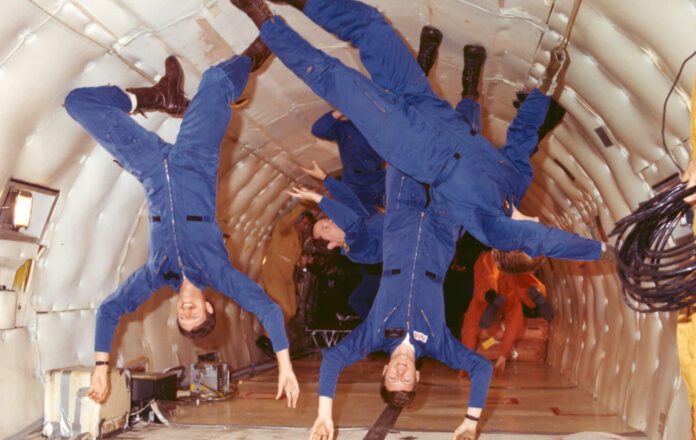
New Insights into the Origin of Diabetes
A fresh study on the impacts of weightlessness in space offers new insights into the genesis of diabetes.
Astronauts on missions often spend weeks to months at a time in zero-gravity conditions. During this time, due to the lack of gravitational pull, their muscle use significantly reduces. To understand the implications this has on the body, the European Space Agency (ESA) and NASA initiated a collaborative study with research scientists from Vrije University Amsterdam, along with Manchester Metropolitan University. The research revealed that even after six days of bed rest, muscle mass decreases while the muscles store more fats and glucose. Additionally, muscles become less responsive to insulin, leading to conditions like type 2 diabetes, also known as adult-onset diabetes.
Implications for People on Earth
This study is not just relevant to the select group of people who will find themselves orbiting our planet, but also to the numerous earth-dwellers, particularly hospital patients. Many of them experience a state of bedridden for about six days. “To understand the impacts of physical inactivity on human physiology, we need to look not only at astronauts but also at people on Earth,” stated Moritz Eggelbusch, one of the principal researchers.
60-Days Bed Rest Experiment
The researchers, thus, had 24 healthy participants undergo a strict 60-day bed rest regimen at the German Aerospace Center in Cologne. This was to simulate the effects of weightlessness on the body. They had to do everything lying down, with their heads positioned six degrees lower than their feet. “This lessened the strain on their muscles and evenly distribute body fluids,” said Rob Wüst, another principal investigator. “Normally, the blood flows predominantly to the legs. In space, without gravity, that doesn’t happen, and the pressure in the head increases exponentially.”
Muscle Mass and Insulin Sensitivity
The researchers measured the muscle mass, fat, and glucose in the muscles of the participants, both before, during, and after the bedrest period. They observed that after six days of bedrest, the participants on average had lost 23% of their muscle mass and their muscles had absorbed more fat and glucose. Moreover, their muscles became less susceptible to insulin, thereby diminishing their glucose processing ability. These transformations persisted even after two months of bedrest.
Artificial Gravity to Counteract Weightlessness
While the body itself has ways to minimize the adverse consequences of bed rest, prolonged bedrest remains unhealthy – increasing the risk for metabolic diseases like diabetes, obesity, and cardiovascular diseases. The researchers, therefore, decided to investigate if they could create an artificial gravity to counteract the negative effects of weightlessness. They did this by having a portion of the participants spin in a centrifuge for a half-hour each day. However, Wüst is doubtful whether large centrifuges will ever be placed on the moon to improve the health of astronauts.
Move Early Post-Surgery
This research, however, was conducted on healthy, fit participants, Wüst pointed out. Therefore, the results cannot be directly applied to patients in a hospital setting. “If you are sick, the loss of muscle mass occurs much faster and the changes in metabolism are also different”. To mitigate the damage from a period of inactivity, one should stay active post-surgery. Wüst advises: “Try to get out of bed as soon as possible after an operation or other interventions. And if physical movement is not possible due to reasons like a hip or major abdominal surgery: move your arms, or your torso. It doesn’t matter much what exactly you do, just ensure to keep moving.”











